Within my first weeks in London, I made some German friends who were interested in going on some excursions outside the city. And so, one day we looked at ticket prices and settled on Cambridge.
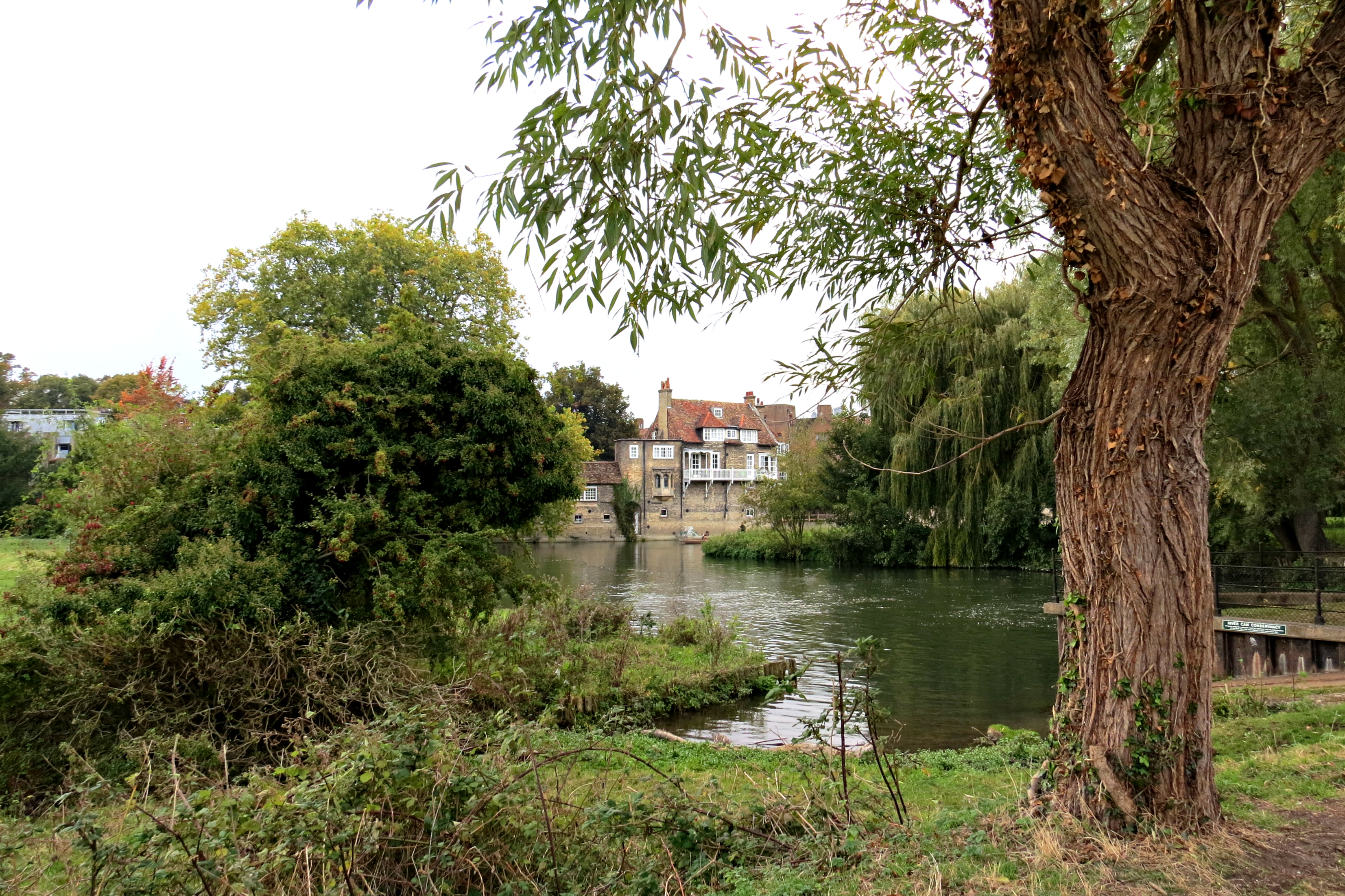
All I knew about Cambridge included its university, its rivalry with Oxford, and that it had some nice libraries and museums.
The Town
What I didn’t know, was how active and charming the actual town of Cambridge is. Yes, Cambridge University buildings flood the town, but there is a lot of character here. From markets to museums to theaters, there is always something to do.

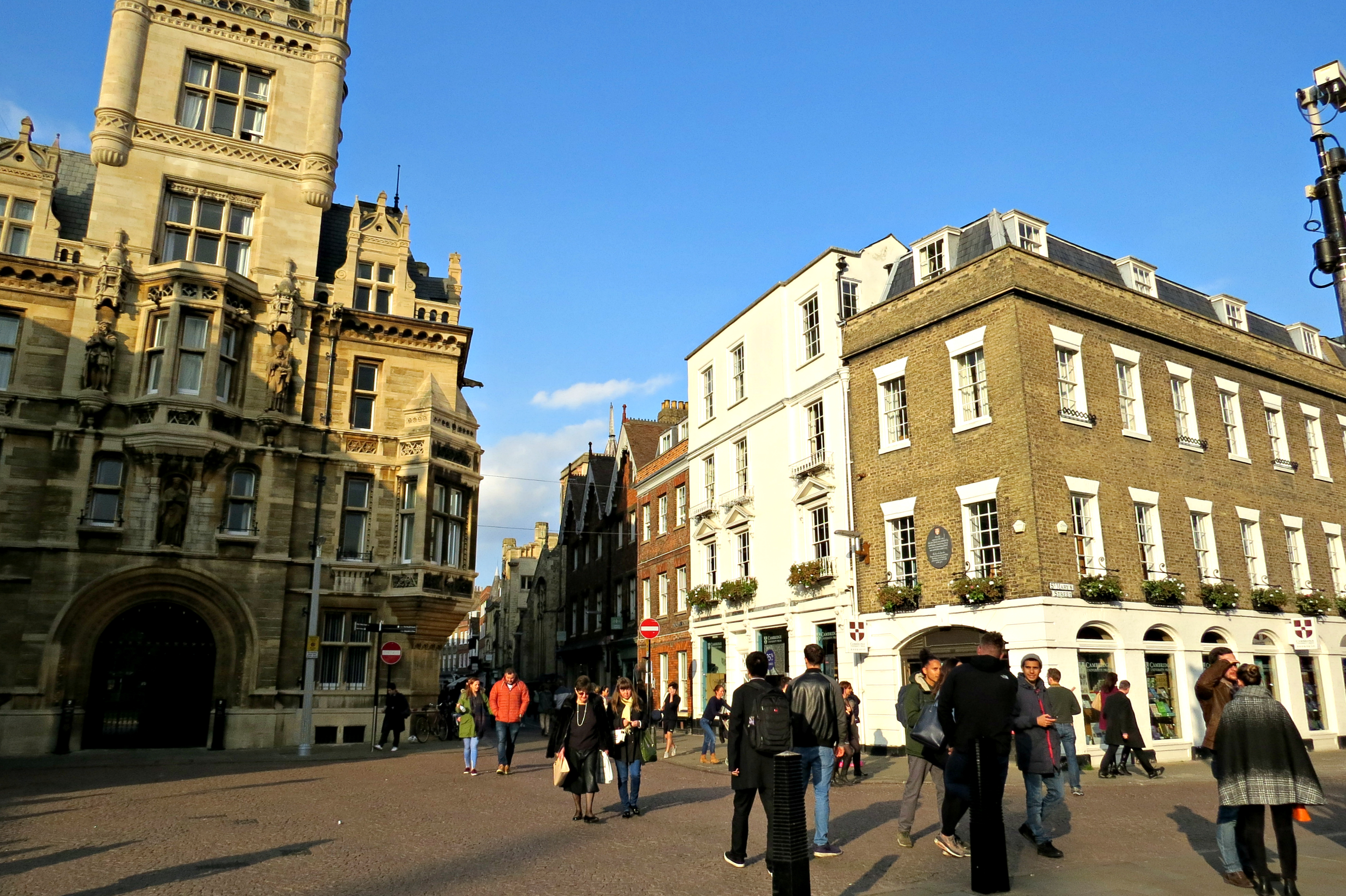
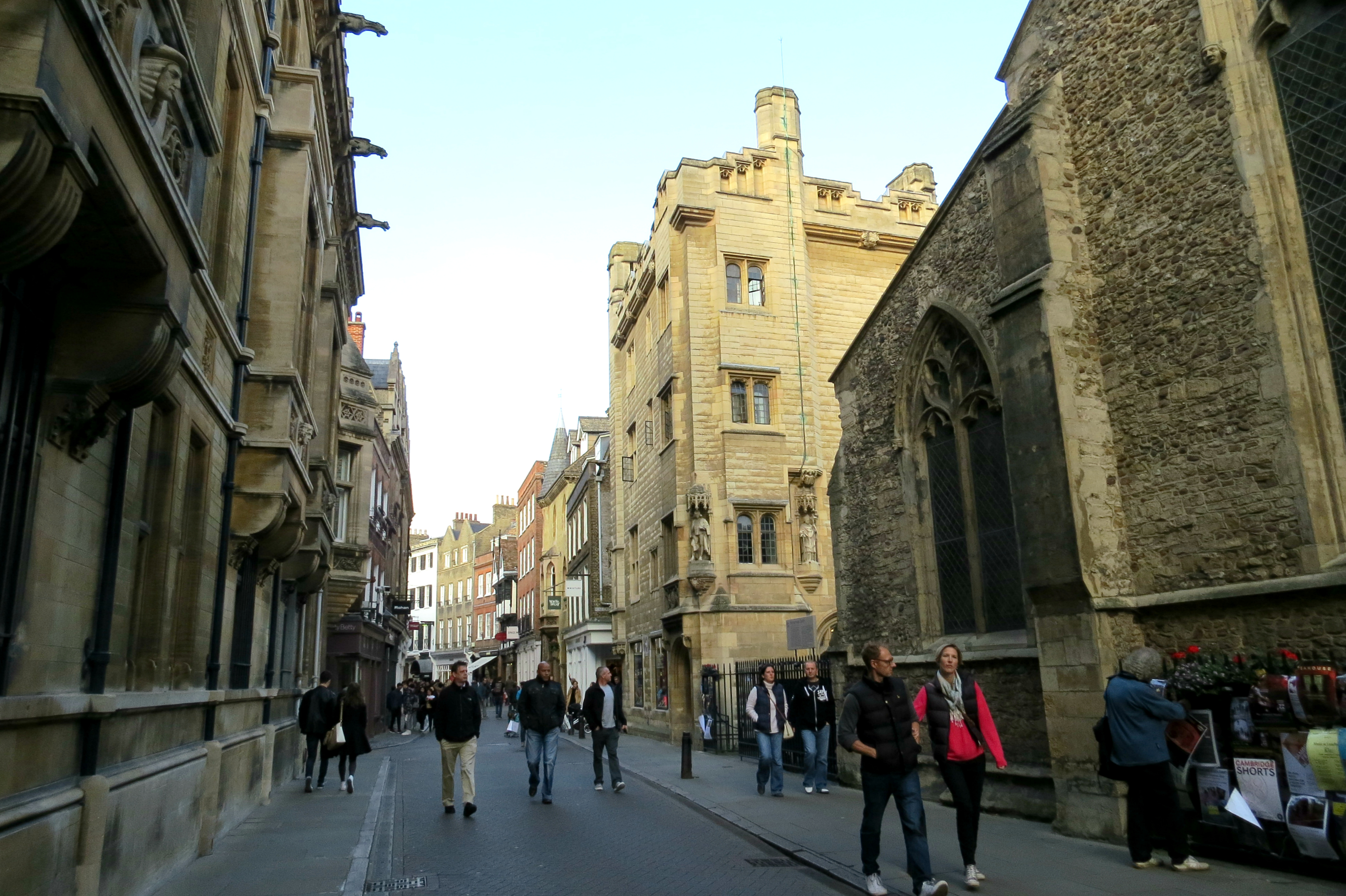 The area of Cambridge dates back to the Bronze Age. Under Viking rule, Cambridge became an important trading centre. The oldest church is Cambridge is St Bene’t’s Church, which was founded somewhere between 1000 and 1050 AD.
The area of Cambridge dates back to the Bronze Age. Under Viking rule, Cambridge became an important trading centre. The oldest church is Cambridge is St Bene’t’s Church, which was founded somewhere between 1000 and 1050 AD.
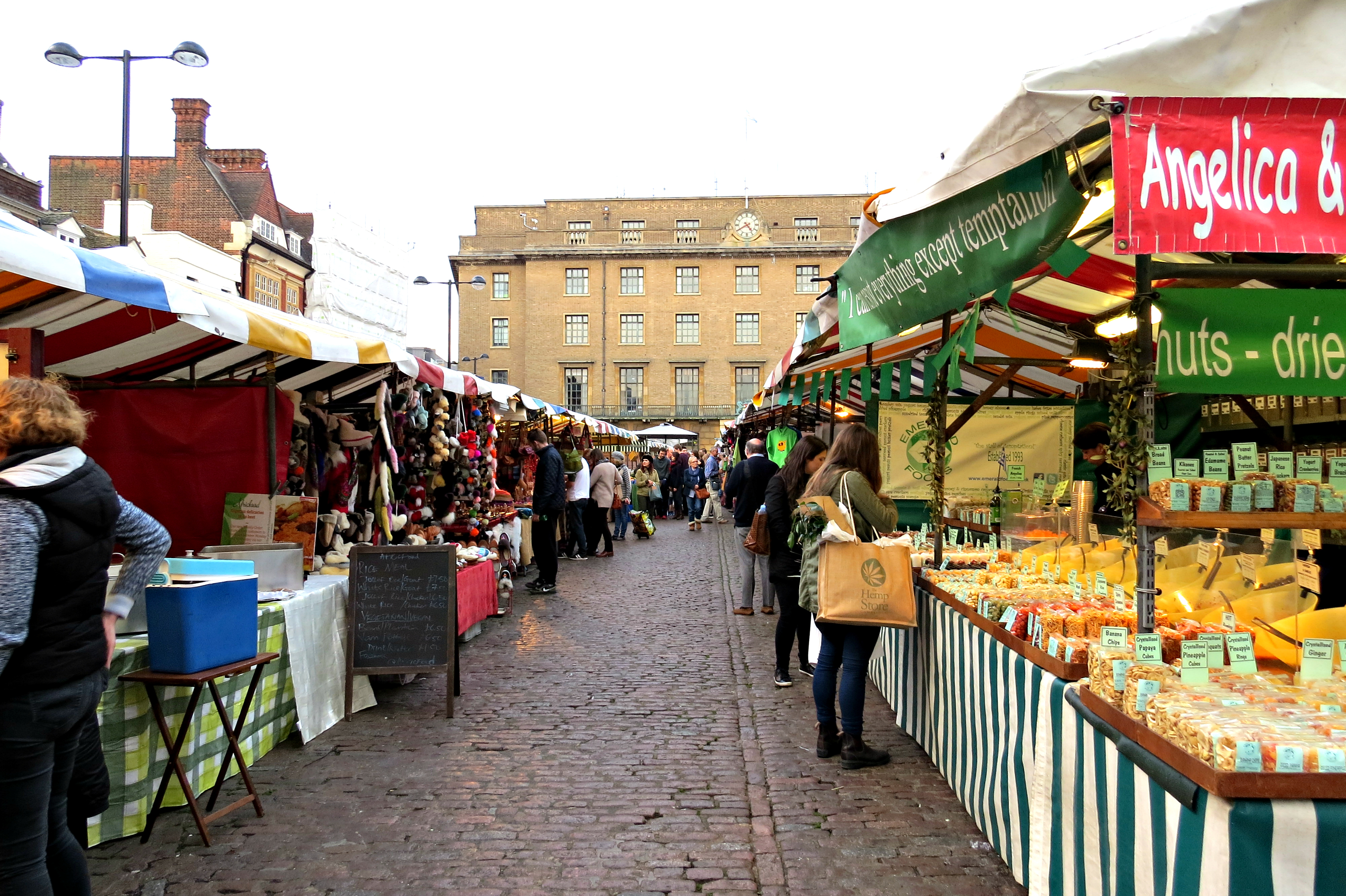
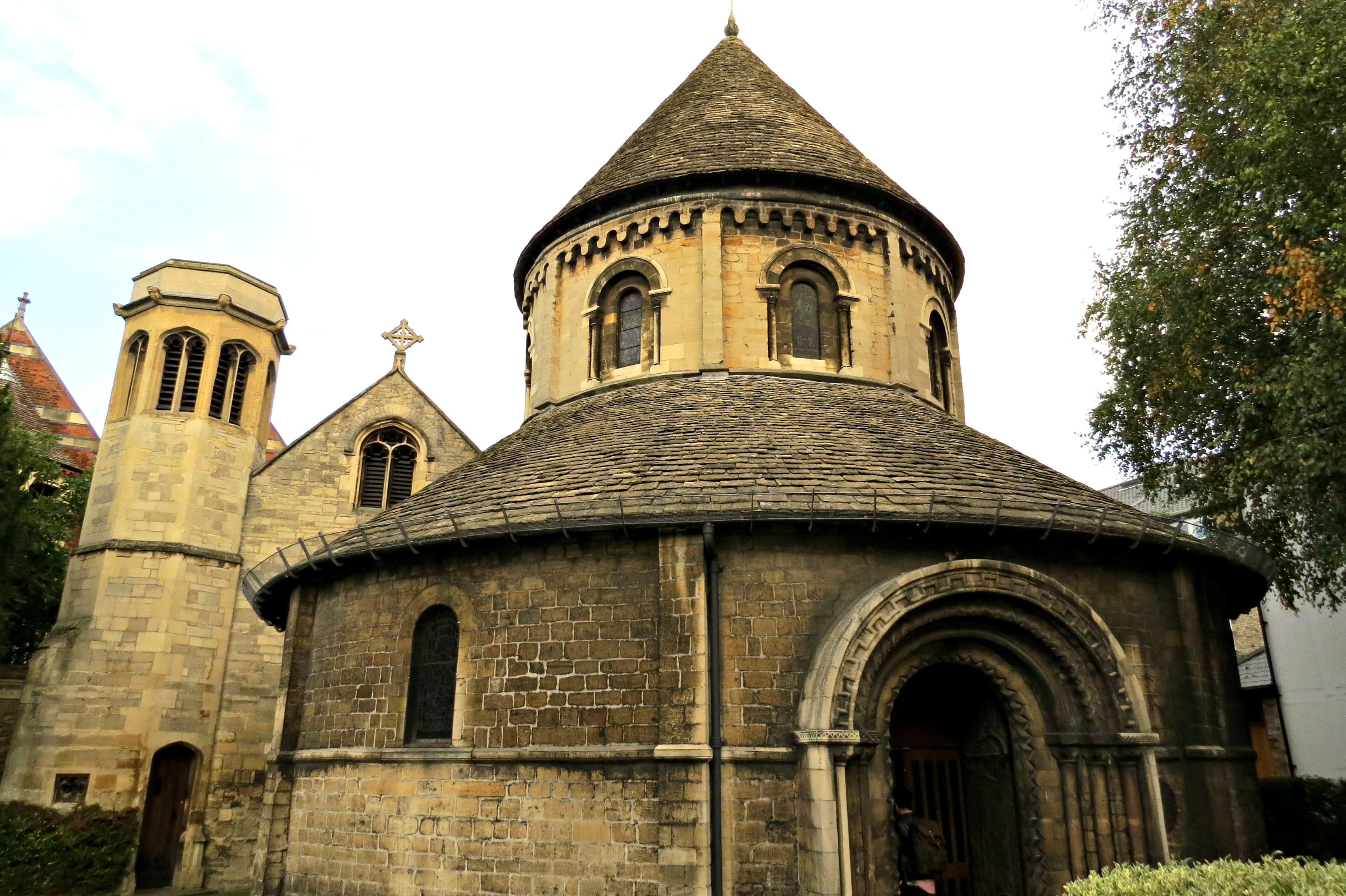 There are quite a few museums, especially considering how small the town is. The Fitzwilliam Museum is the city’s largest, and is the lead museum of the University of Cambridge Museums.
There are quite a few museums, especially considering how small the town is. The Fitzwilliam Museum is the city’s largest, and is the lead museum of the University of Cambridge Museums.

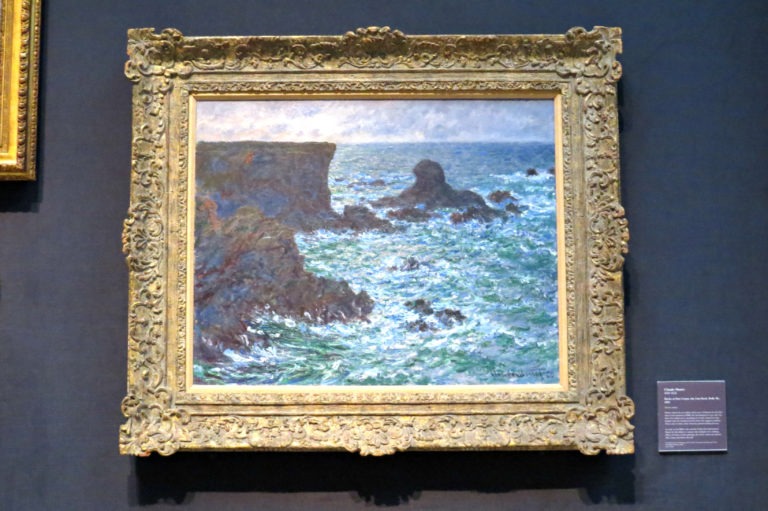
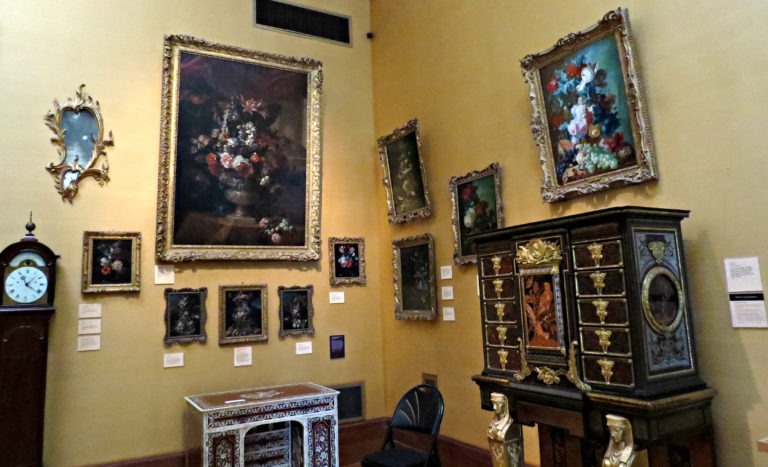
Founded in 1816, the museum contains five departments: Antiquities; Applied Arts; Coins and Medals; Manuscripts and Printed Books; and Paintings, Drawings and Prints. There are some gems here, including Monet’s Poplars, Sir Peter Paul Rubens’s The Death of Hippolytusso, a set of Egyptian coffins, and the Museum’s vast collection of medieval and Renaissance manuscripts, so do not miss out!

River Cam
The quintessential experience in Cambridge is punting along the River Cam. There are couple companies to choose from, but they all have similar prices and services. You have a professional guy punt for you, or you can have a go. Just as a warning, it’s not as easy as it looks… and it really doesn’t look that easy to start with.
 The river ride takes about an hour and a half, 45 minutes each way. You start and end in the same place. It’s actually quite amazing that so many Cambridge buildings are along the river, so you can sit down and relax while seeing everything!
The river ride takes about an hour and a half, 45 minutes each way. You start and end in the same place. It’s actually quite amazing that so many Cambridge buildings are along the river, so you can sit down and relax while seeing everything!



 One of the tour themes is the competition between Cambridge and Oxford. They are the two oldest universities in the United Kingdom (founded more than 800 years ago), and so for much of their history they were the only universities around. Between them they have produced a large number of Britain’s most prominent scientists, writers and politicians. From Cambridge came Charles Darwin, John Milton, Isaac Newton, Oliver Cromwell, and John Oliver. From Oxford came Oscar Wilde, J.R.R. Tolkien, C.S. Lewis, Aung San Suu Kyi, and T.S. Eliot. Stephen Hawking went to both Oxford and Cambridge.
One of the tour themes is the competition between Cambridge and Oxford. They are the two oldest universities in the United Kingdom (founded more than 800 years ago), and so for much of their history they were the only universities around. Between them they have produced a large number of Britain’s most prominent scientists, writers and politicians. From Cambridge came Charles Darwin, John Milton, Isaac Newton, Oliver Cromwell, and John Oliver. From Oxford came Oscar Wilde, J.R.R. Tolkien, C.S. Lewis, Aung San Suu Kyi, and T.S. Eliot. Stephen Hawking went to both Oxford and Cambridge.
Competition between Oxford and Cambridge also has a long history, dating back to around 1208 when Cambridge was founded by scholars taking refuge from hostile townsmen in Oxford. This is why the universities are so darn similar!


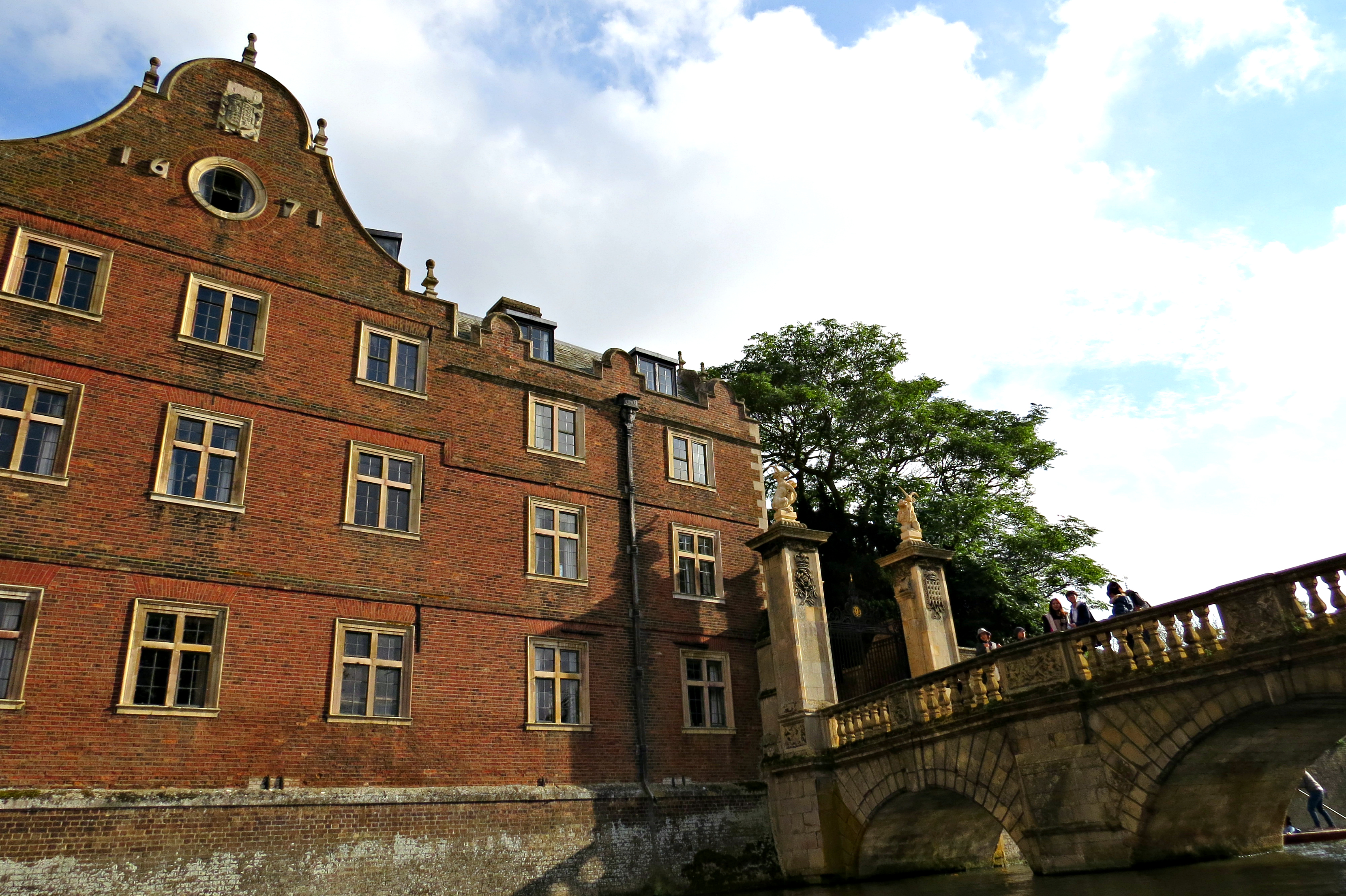 As well as the rants given by the tour guide, you obviously get to see a lot of sights. Along the way you get to see King’s College Chapel, The Wren Library at Trinity College and the Bridge of Sighs. As you probably know, the original Bridge of Sighs is located in Venice, Italy, however both Cambridge and Oxford have their own versions.
As well as the rants given by the tour guide, you obviously get to see a lot of sights. Along the way you get to see King’s College Chapel, The Wren Library at Trinity College and the Bridge of Sighs. As you probably know, the original Bridge of Sighs is located in Venice, Italy, however both Cambridge and Oxford have their own versions.

King’s College Chapel
Arguably the most beautiful aspect of Cambridge is the King’s College Chapel. It is obviously a part of King’s College, and was planned by Henry VI. The chapel was finally completed in 1515 during the reign of Henry VIII.

It features the world’s largest fan vault, constructed between 1512 and 1515 by master mason John Wastell. It is absolutely incredible.


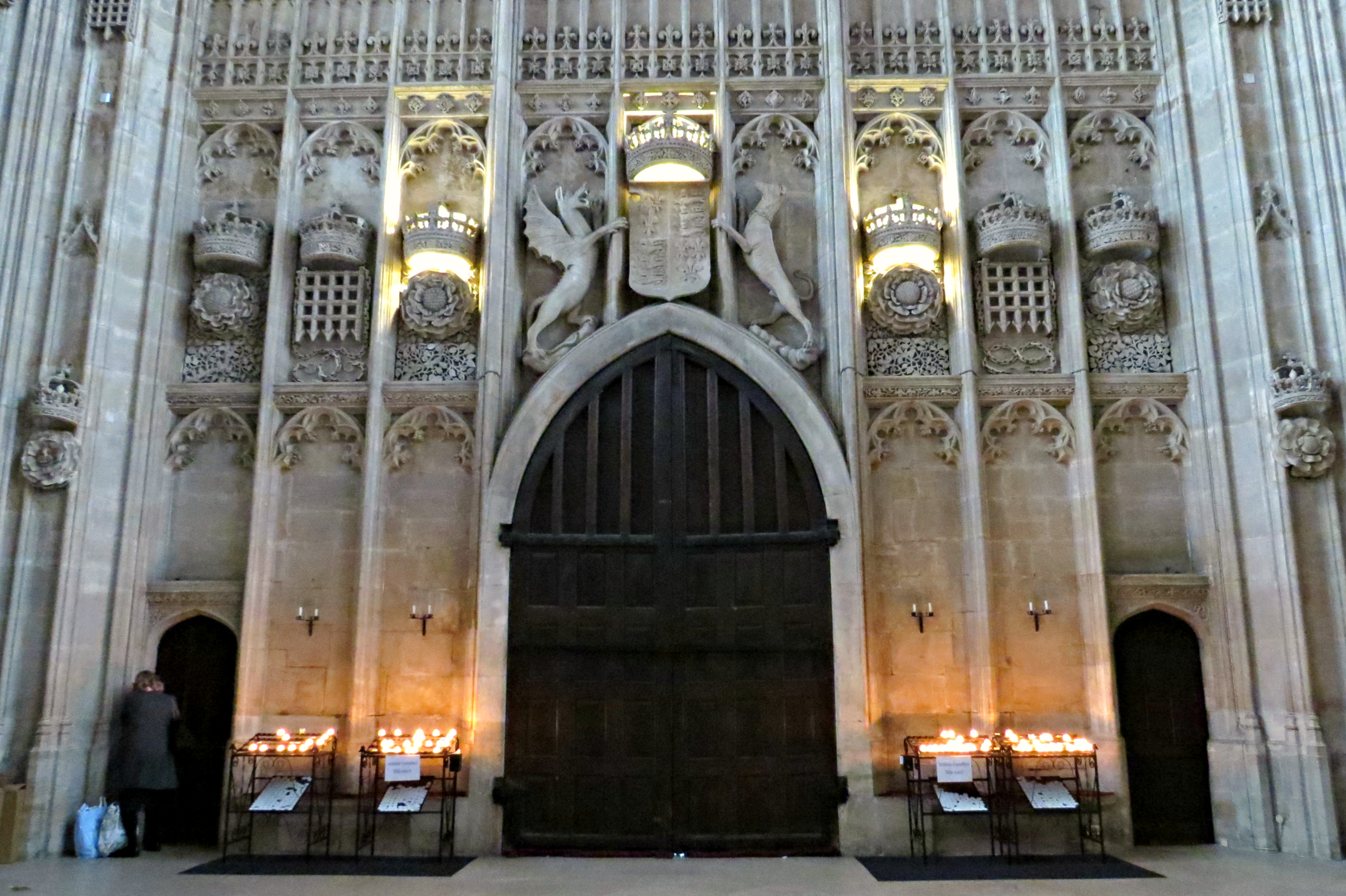 The beautiful, medieval stained glass windows weren’t completed for quite a long time, even though the building was considered complete. There are 12 large windows on each side of the chapel, and larger windows at the east and west ends. With the exception of the west window, they are by Flemish hands and date from 1515 to 1531.
The beautiful, medieval stained glass windows weren’t completed for quite a long time, even though the building was considered complete. There are 12 large windows on each side of the chapel, and larger windows at the east and west ends. With the exception of the west window, they are by Flemish hands and date from 1515 to 1531.

Trinity College
We had time for one more college, though you could probably get away with two. We chose Trinity College. It is the largest college by number of undergrads at Cambridge, as well as bigger than any college at Oxford. Being the largest, it is also the wealthiest.
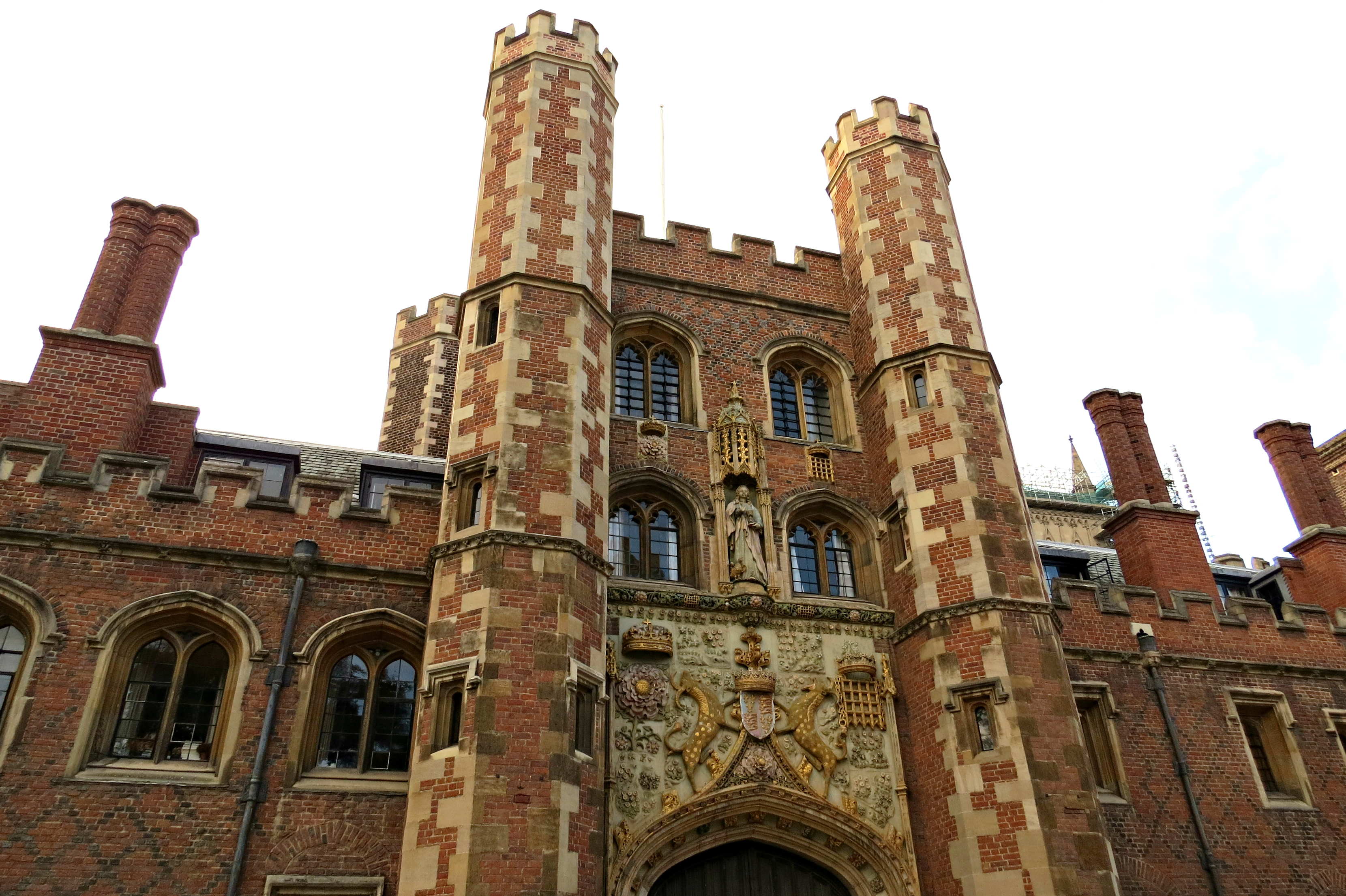
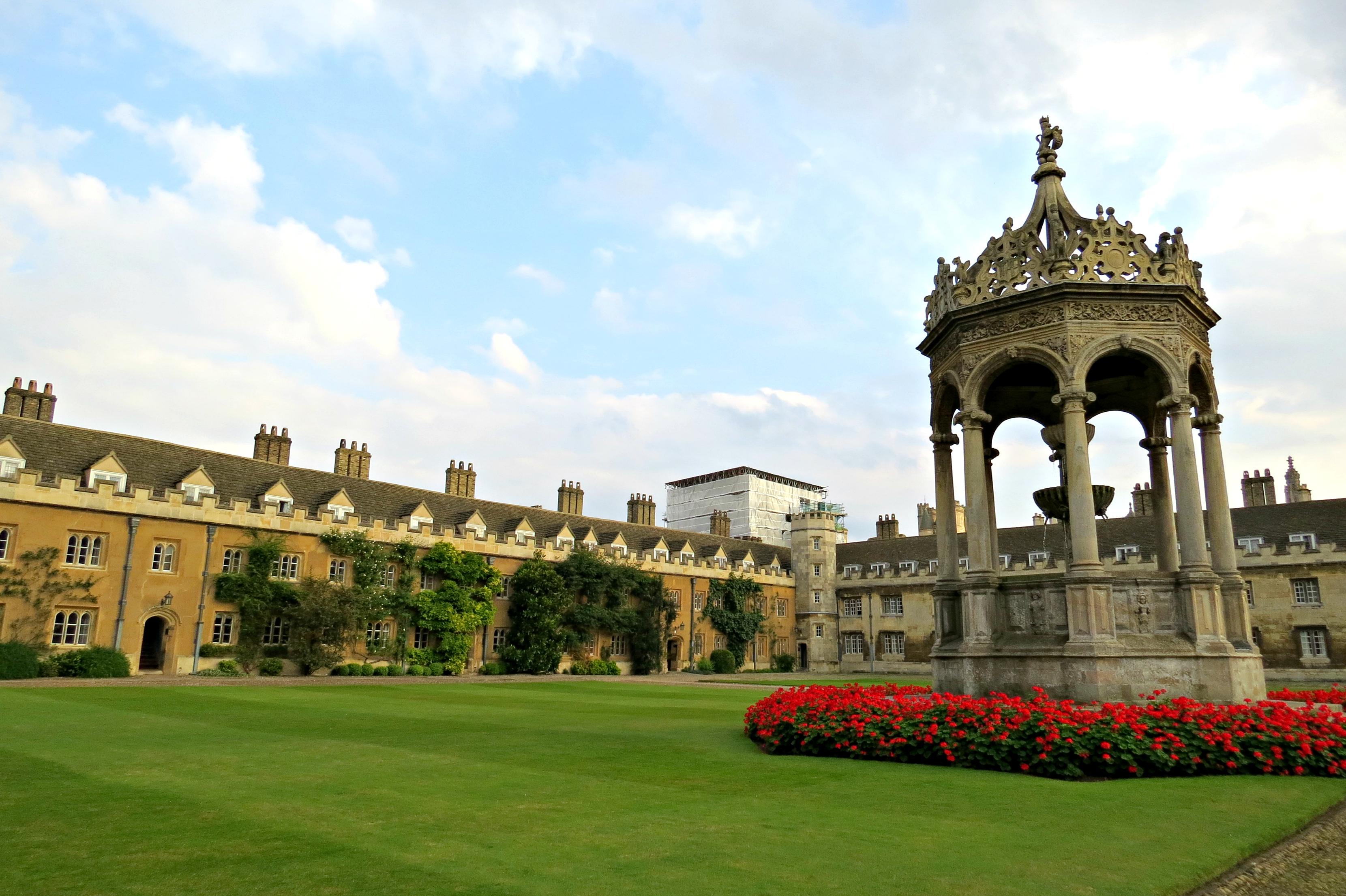
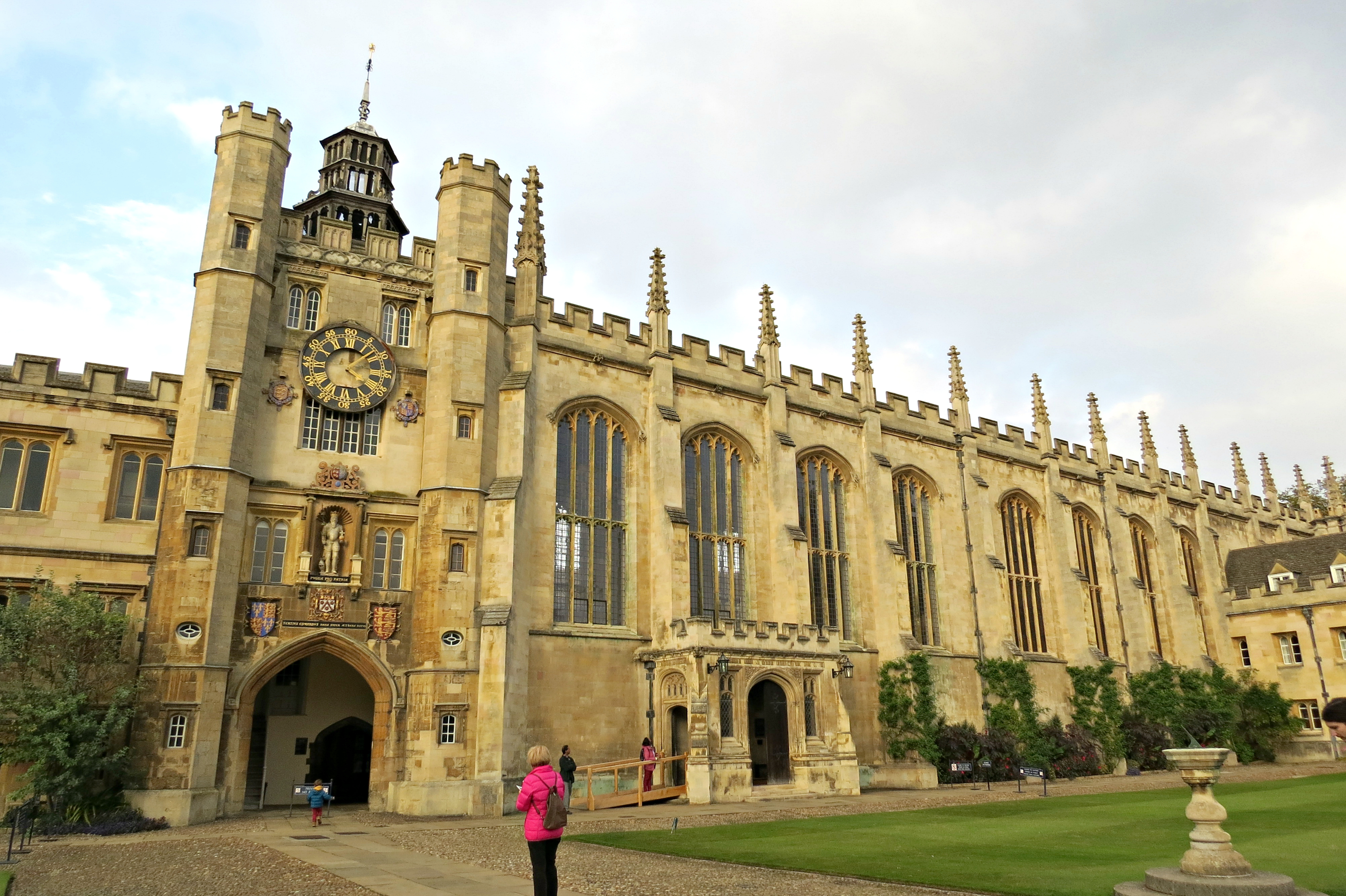 Isaac Newton went here, as did six British prime ministers, two members of the Royal Family, philosophers Ludwig Wittgenstein and Bertrand Russell, and some good ol’ Soviet spies.
Isaac Newton went here, as did six British prime ministers, two members of the Royal Family, philosophers Ludwig Wittgenstein and Bertrand Russell, and some good ol’ Soviet spies.
Trinity College Chapel dates from the mid-16th century. There are a number of memorials to former Fellows of Trinity within the Chapel, including statues, brasses, and two memorials to graduates and Fellows who died during the World Wars.
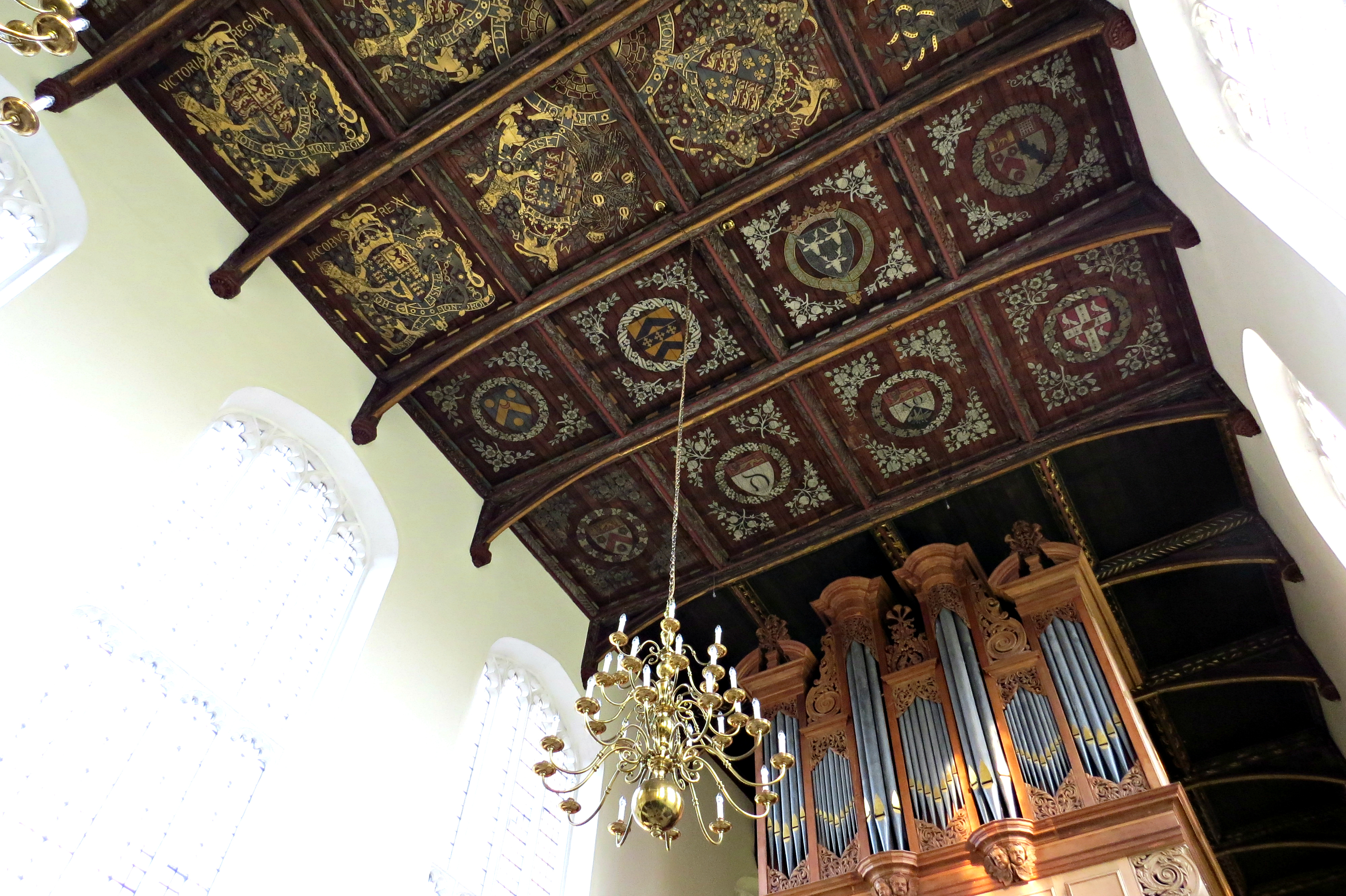
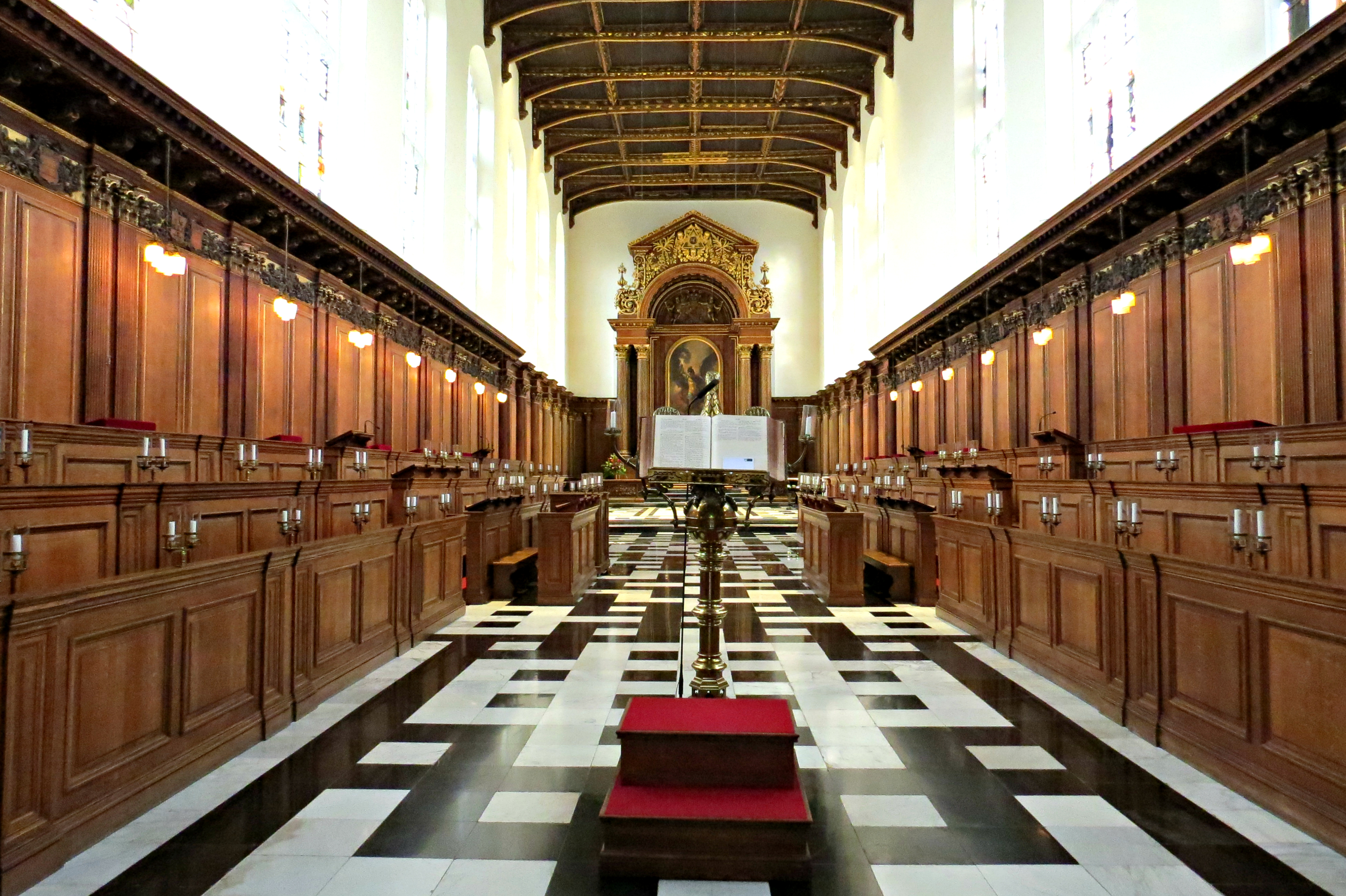 And so that’s it. Stay tuned for my detailed visit of Oxford and see which one I think is the most worthy of your time and energy!
And so that’s it. Stay tuned for my detailed visit of Oxford and see which one I think is the most worthy of your time and energy!

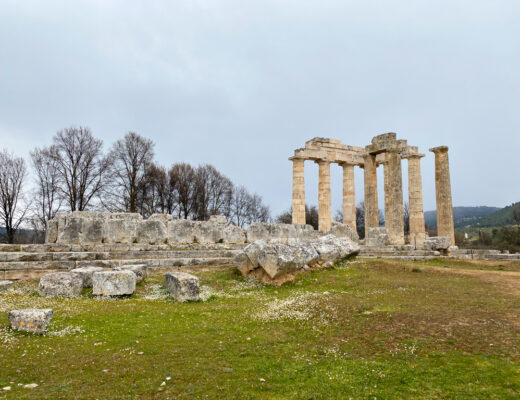
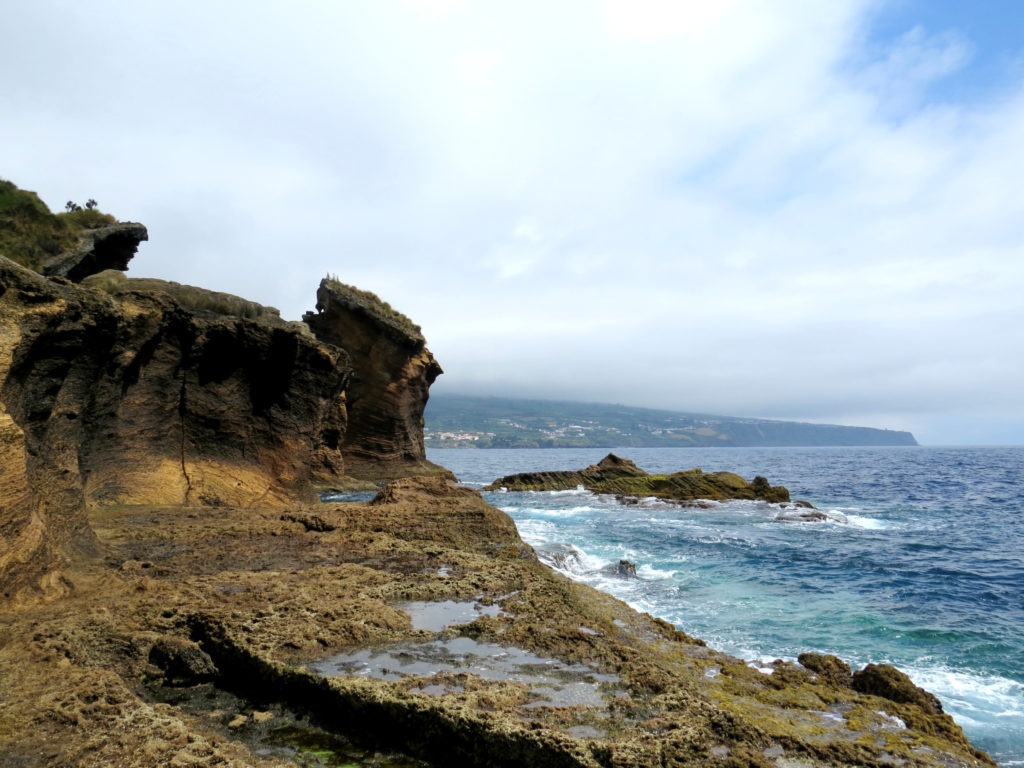

No Comments